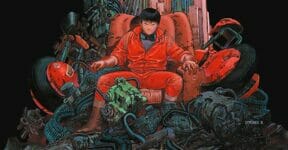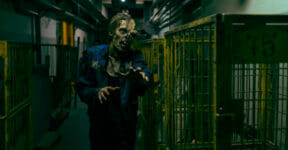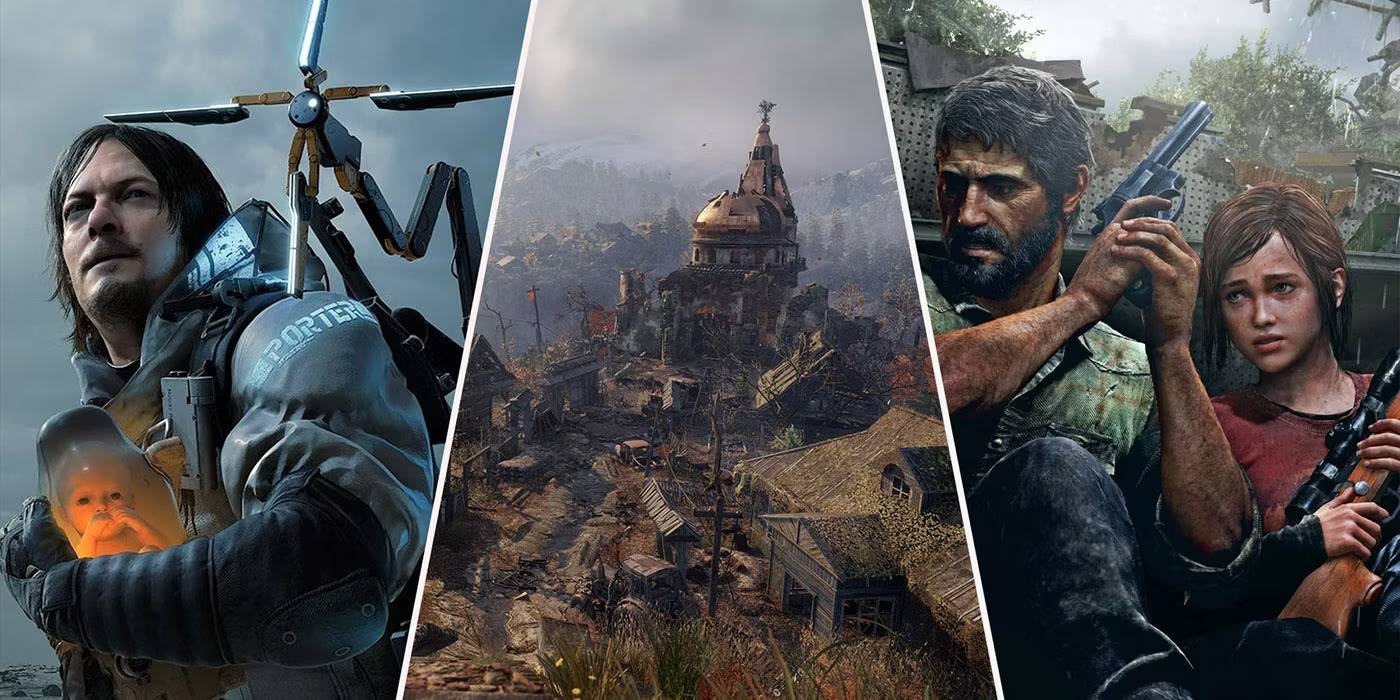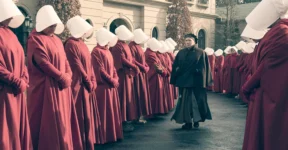Released in June 2010, Cronin’s book, The Passage, tells the story of Amy and her struggles in a broken world. A government-sanctioned mad-science experiment to build an army of super soldiers has instead turned the majority of the population into vampires. Amy, who has also been infected by the same vampirism-inducing drug, does not show any symptoms of transformation. As she navigates the old world dominated by ferocious new creatures, Amy meets other survivors and together they plan to bring an end to the catastrophe.
Behind and beyond the story itself, the book offers quite a lot of interesting facts and details, among which are listed below.
Credit to Iris
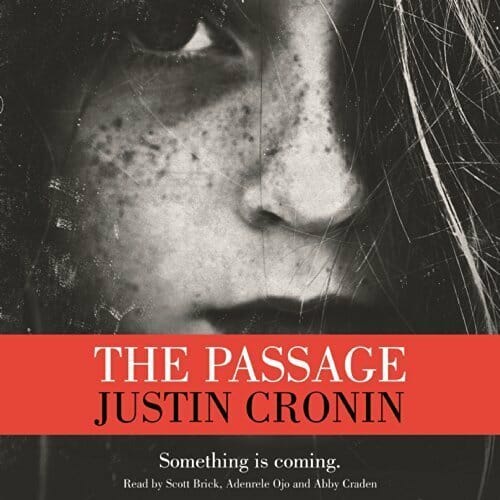
Justin Cronin once said he could write an entire book talking about how The Passage came to existence. As a start, the idea of having a girl as the main protagonist came from her daughter, Iris. It all began in the fall of 2005 when she took a bicycle and joined her father on his daily run.
A Girl Who Saves the World
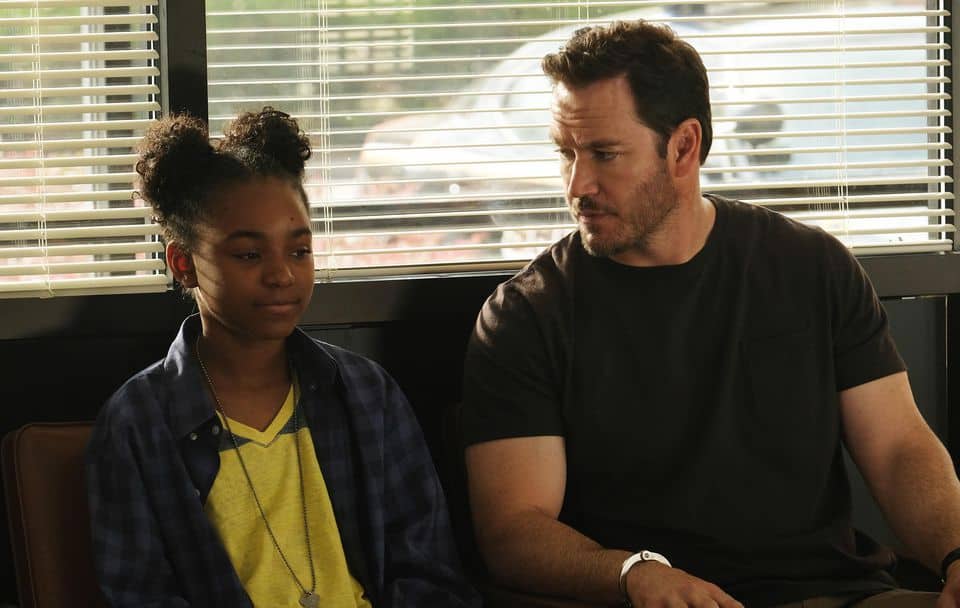
Back in 2005, young Iris Cronin was an excellent author in her own right. She was the winner of several fiction writing competitions at the state level. Cronin thought that a casual brainstorming session would be nothing more than a good way to pass the time, but it became something much bigger. Her idea was simple; she wanted the book to be about a girl who saved the world.
Off They Went
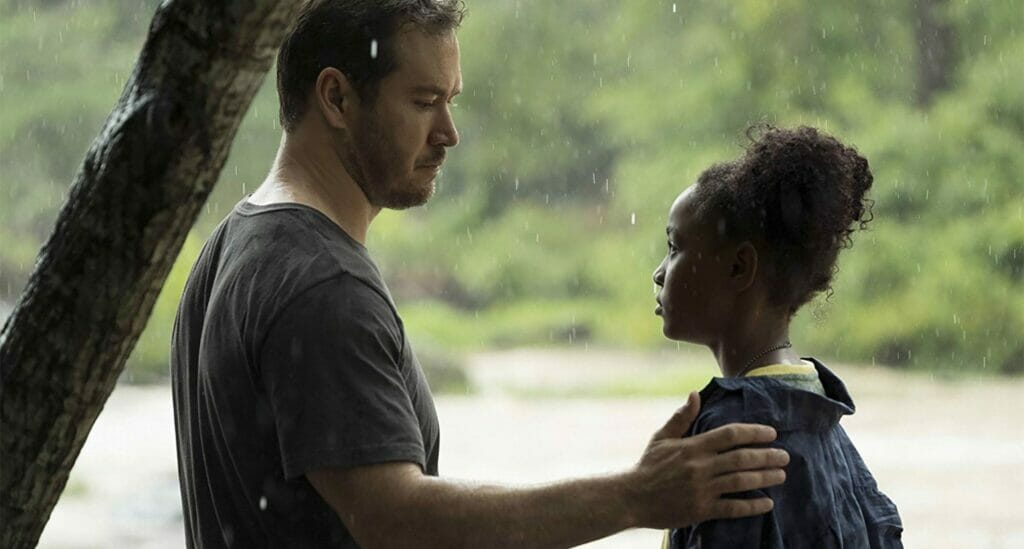
Cronin wasn’t really convinced back then, but he agreed anyway and so the early writing process began. There was not yet any mention of an apocalyptic theme, a post-apocalyptic world, vampires, government experiments, or even character names. It turned out the storyline for The Passage would flow naturally over time.
Serious Fun
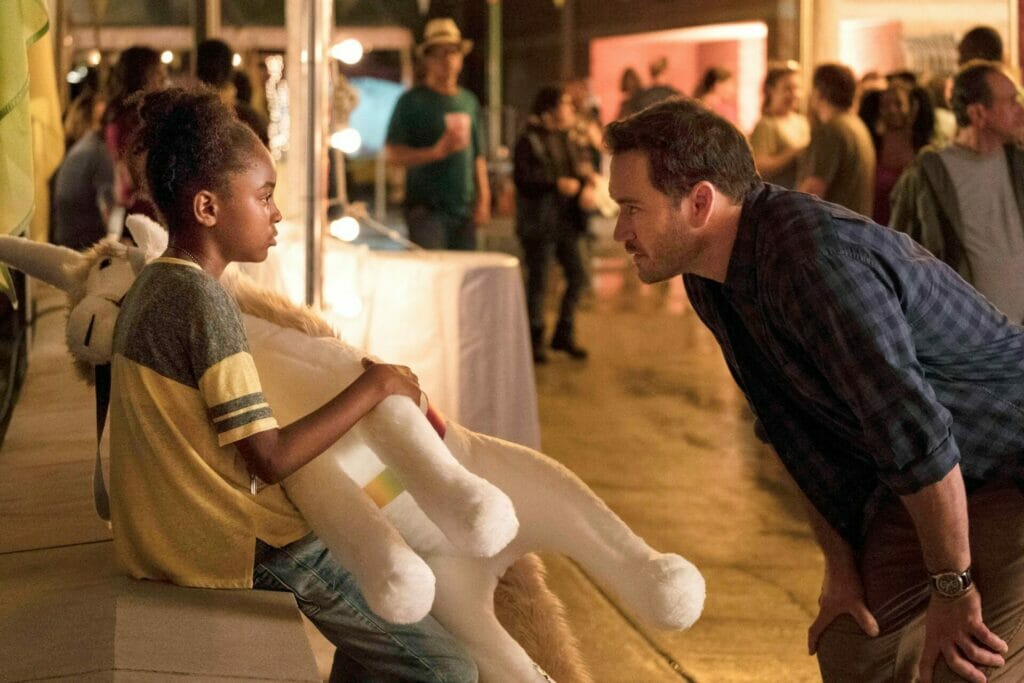
Everyday across the fall of 2005, Cronin and Iris continued the brainstorming session on the sidewalks along a suburban neighborhood in Houston, where they lived. Each session lasted for about an hour, but that was enough to have the bigger picture for the book drawn. Although it might seem like a fun-and-game activity, the discussion became more serious each time and some of the major plotlines started to take shape.
Only the Interesting

Cronin and Iris established a rule that only the interesting bits would eventually be written. He had no intention to produce a book about a girl saving the world or anything based on a free discussion with Iris. However, Cronin was interested in creating a storyline that hinged on a father-daughter relationship.
A Priority
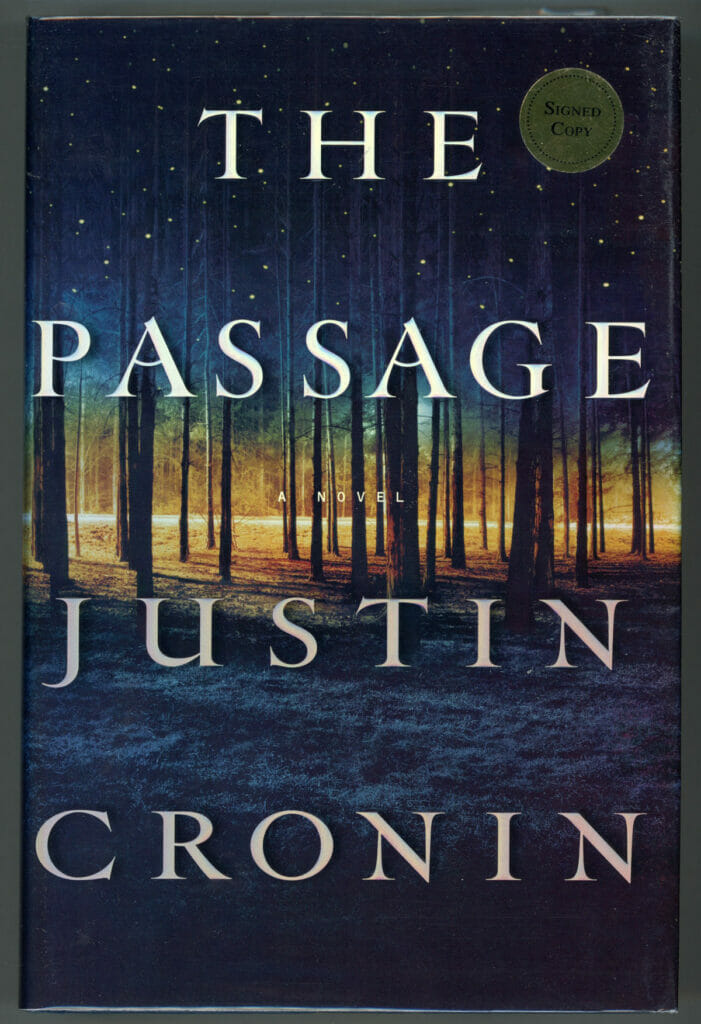
As soon as Cronin knew he had enough materials to create a basic outline for the book, everything else was relegated from the priority list. He was supposed to write another novel, but he decided to focus on Iris’ idea. During the Christmas holiday, Cronin began recording the points of the discussion. With the outline, the structural frame of The Passage was born.
Early Pages

Over the next few days, Cronin managed to come up with an outline comprised of 30 single-spaced pages. Throughout the entire writing process of the book, those early pages remained intact. He immediately continued writing the first chapter only to take a glance at how the story went. Everything felt right.
A Blend of Genres

As the technical matters came along, Cronin decided to write a book that cannot be defined by a single genre. The Passage is often categorized as a horror sci-fi, but inside there are plenty of attributes often encountered in novels of various genres including adventure, fantasy, apocalyptic or post-apocalyptic, and dystopia. The good thing is that the storyline remains the highlight – instead of little details describing the world, of The Passage driven by characters and plot.
Fascination With the Apocalypse

One of the main reasons The Passage packs the storyline in both apocalyptic and post-apocalyptic settings is humans’ natural fascination with the apocalypse. According to Cronin, the story of Noah with the biblical flood and ark, is the oldest apocalyptic narration in the Western culture. In modern times, however, people tend to think that the end of the world will happen due to some human-made catastrophe. In the book, Project Noah, it is the failed government experiment that brings about the destruction.
Sense of Vastness
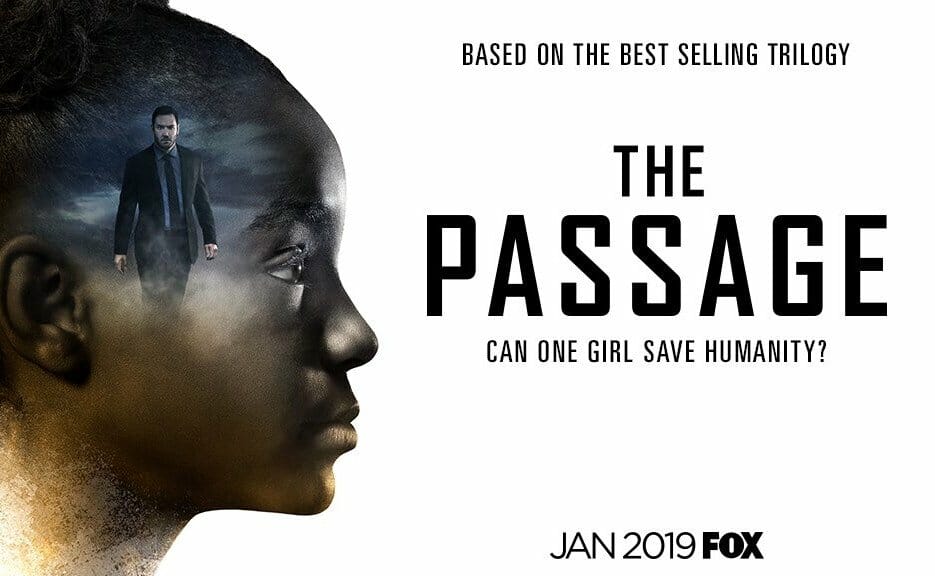
The novel uses a lot of major cities to offer a sense of vastness. Many of those locations are places where the author has visited and lived in his younger days. Except for the long periods he spent in Houston and previously Philadelphia, Cronin is a relatively nomadic person. He grew up in the Northeast before wandering to various regions all across the country.
Journey in the Vastness

According to the author, The Passage is about taking journeys. The first portion of the novel is a journey west to Colorado, whereas the second part is to the opposite direction. As for the title, it is a metaphor for transition – a transformation from one condition to another. All the characters make their own journeys, and so does the world. It is also a reference to the passage of the soul after death.
Medical Disaster
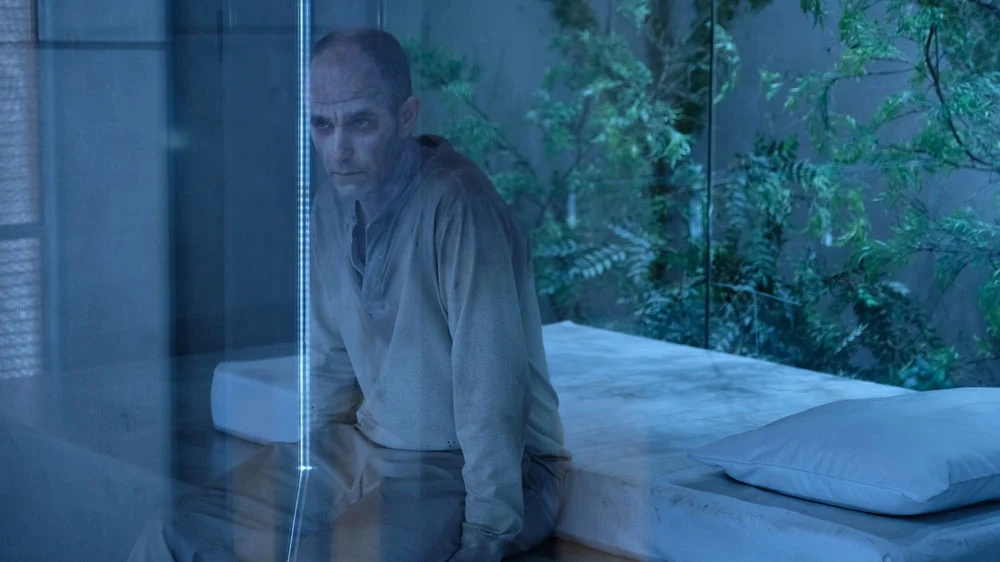
The emergence of the virals (Cronin uses the term to refer to the zombies/vampires) starts from Project Noah, a state-sanctioned medical experiment that involves administering virus-based drugs to people in an attempt to boost their immune system and enhance physical abilities. It works, but not without the vampirism side effect. The subjects also develop claws, fangs, photophobia, and cannibalism.
Enhanced Vampires
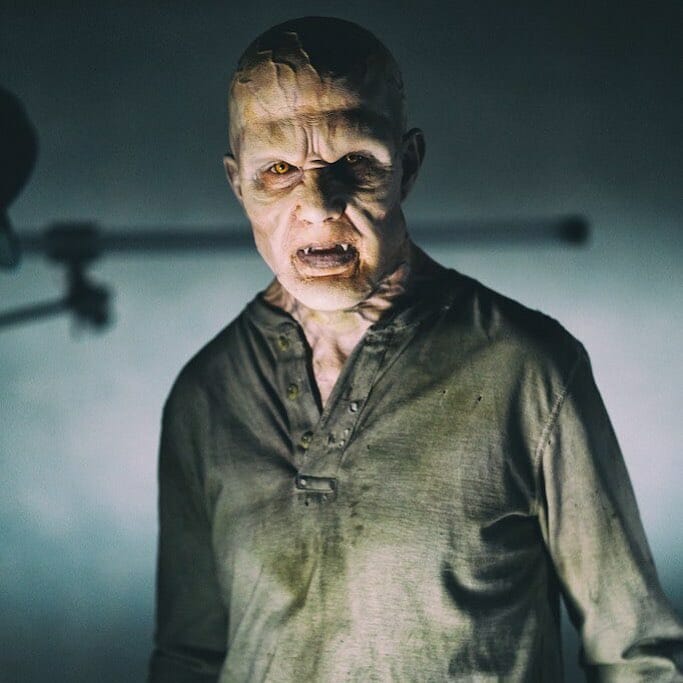
Project Noah turns out to be an experiment to develop super soldiers for the military. In any case, it does not deliver physically-enhanced humans, but a group of powerful vampires with a hard exoskeleton and great speed. Some even have psychic abilities to control the human brain. Since the subjects also develop a taste for human flesh, they are serious threats to the population. In just a short period of time, there are more than 40 million of them in the United States.
Plenty of Pages

The Passage is broken into two sections and eleven parts. The first (shorter) section covers the origin of the outbreak, while the second talks about the fate of humanity decades after the catastrophe. The second section focuses primarily on survivors in California. At roughly 300,000 words, The Passage is not a short novel. It is almost twice as long as a typical sci-fi book, which gives plenty of space for every character to develop. The book treats the characters equally as real people in a fictional world, instead of using them merely as tool to advance the plot.
Fast and Violent
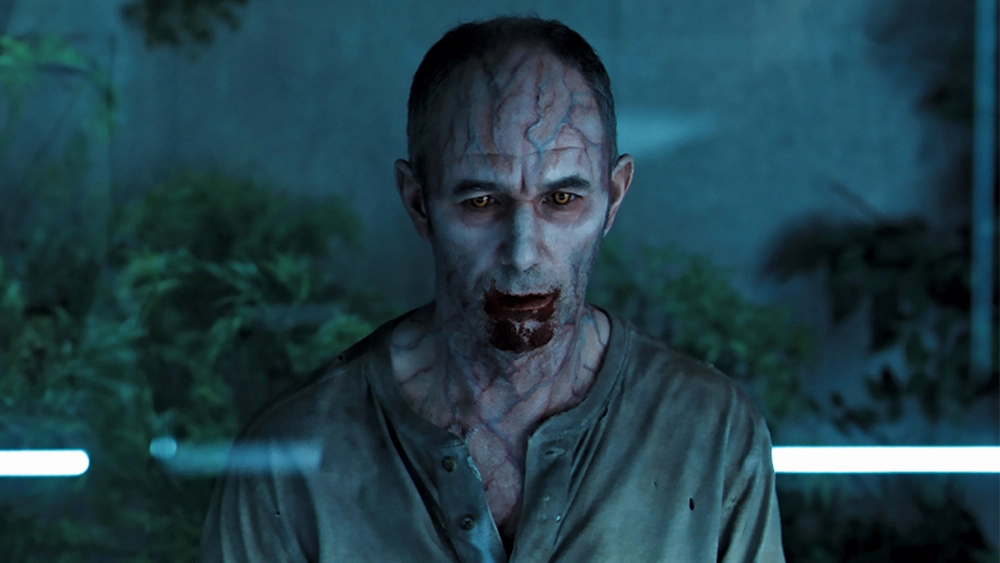
Much like the virals, the early chapters in the book are fast and violent with bombs, helicopters, and murders. The first section of The Passage is the apocalyptic part, and then the story jumps to more than 90 years later in a post-apocalyptic world. Part two brings along some new characters. While the country is largely empty, except for few newly-established colonies, the pace picks up.
The Girl from Nowhere

Amy, also known as the girl from nowhere, is the only character to appear in both sections. Although nearly all the other characters are explored in good details, strangely enough Amy doesn’t have the same luxury. She barely speaks and the novel gives very little access to her personal and interior life. The Passage is the first book in a trilogy, so her story unfolds in the other two releases.
A Century of Gap
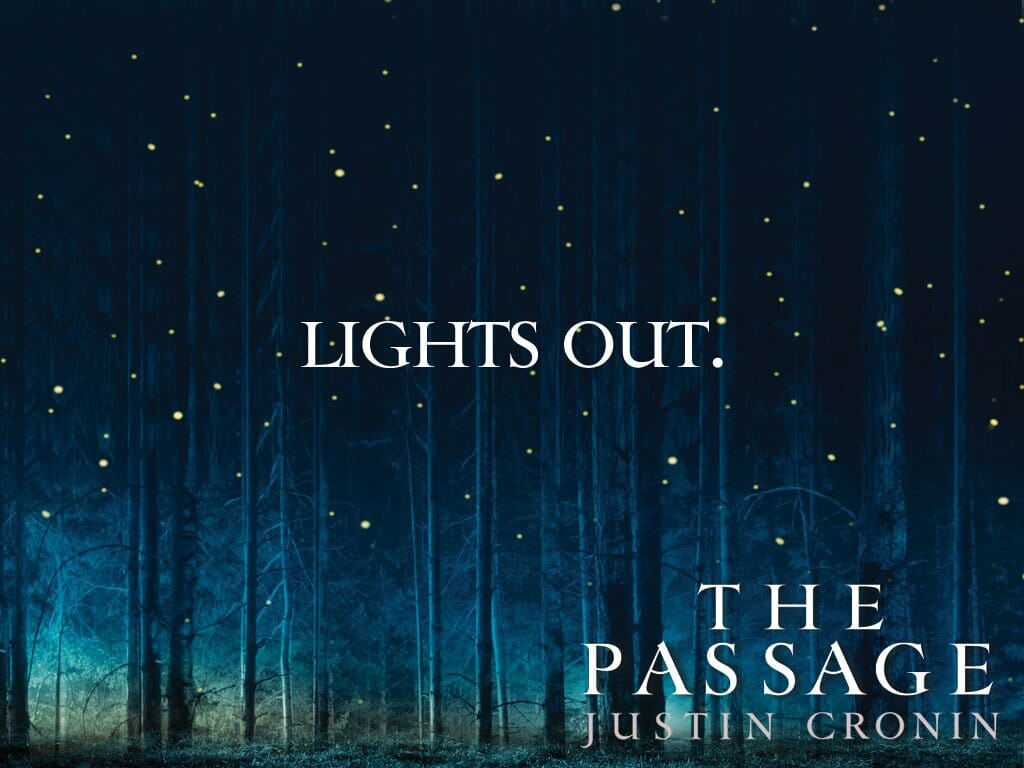
Some readers think it is an audacious move from the author to let a century of timeline pass by between the end of the first section and the beginning of the second. That said, the book uses various narrative devices such as letters, newspapers, and journal entries to describe the missing timeline.
Reviews
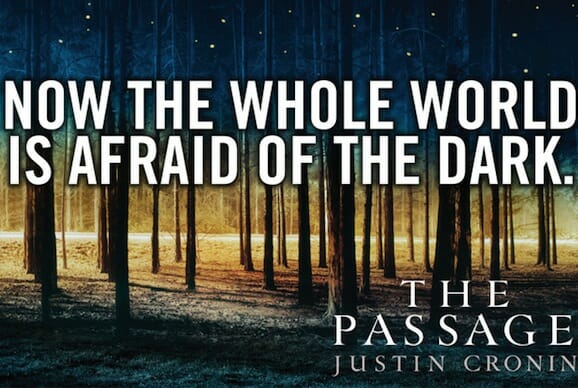
The San Francisco Chronicle describes The Passage as rousing and action-packed, naming it one of the best sci-fi and fantasy books of 2010. The New York Times Book Review says the book is imaginative and a blockbuster. The Los Angeles Times criticizes the portentous narration but says that a portion of the book is almost flawless.
TV Adaptation
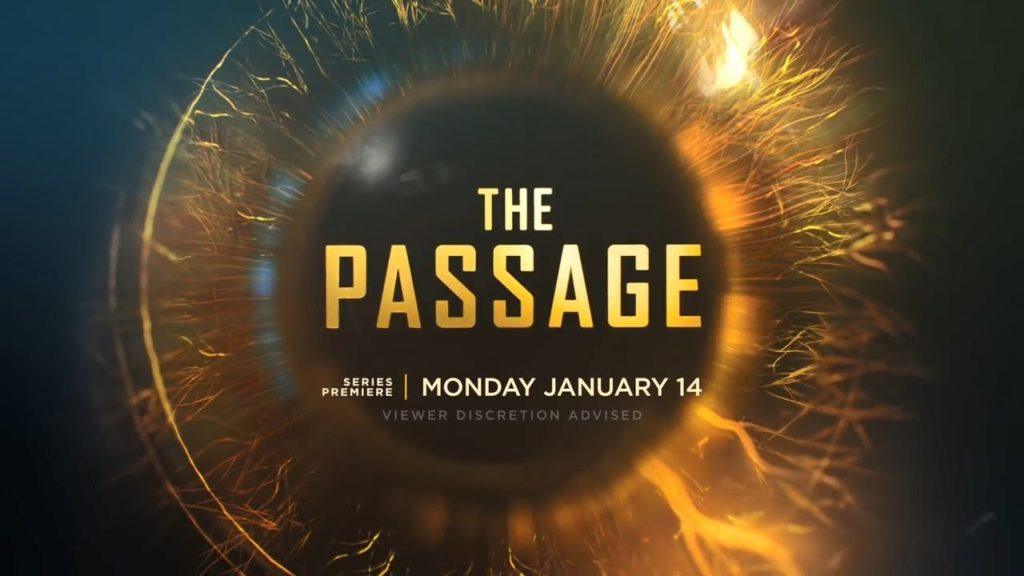
Even before the book was finished, Fox 2000 and Scott Free Productions had purchased the movie rights for $1.75 million. The movie was never completed, but a TV adaptation of the same title premiered on FOX on January 14, 2019. The series was canceled after just one season in May 2019.
We thought The Passage was a great book to read and an equally great TV show to watch. We were hooked on Amy’s character and really wanted to know what happens next without reading the book first. Why did FOX cancel the show? We want more, FOX!
Do you like Cronin’s book, The Passage? Do you like his writing overall? Are you a Cronin fan? Let us know. We’d love to hear from you.
Other things you might want to know about.
Who are some girls/women who could actually save the world?
According to cosmopolitan.com who some have labeled actual superhero’s. Read this fascinating article by Chloe Lawrance called ‘5 Women that are actually saving the world right now.’
- Greta Thunberg-started the very first school strike for climate.
- Amika George-started ‘FreePeriods’
- Sonita Alizadeh-campaigns against child marriages.
- Ellen Jones-explores issues relating to LGBTQ+ communities.
- Gina Martin-started a petition to get upskirting made illegal.
Famous father/daughter relationships
Justin Cronin’s book was developed with his daughter as they spent time together. Here are some other famous father/daughter relationships that you might want to read about on the mom.com website.
- Will Smith and Willow Smith
- Bruce Paltrow and Gwyneth Paltrow
- Paul McCartney and Stella McCartney
- Jon Voight and Angelina Jolie
- Francis Ford Coppola and Sofia Coppola
- John Aniston and Jennifer Aniston
- Quincy Jones and Rashida Jones
- Ryan O’Neal and Tatum O’Neal
- Steven Tyler and Liv Tyler
- Kurt Russell and Kate Hudson
- Ron Howard and Bryce Dallas Howard
- Henry Fonda and Jane Fonda
- Lenny Kravitz and Zoe Kravitz
- Brian Williams and Alison Williams
- Don Johnson and Dakota Johnson
- Ozzy Osbourne and Kelly Osbourne
- Bruce Willis and Rumer Willis
- Phil Collins and Lily Collins
- Lionel Richie and Nicole Richie
- Billy Ray Cyrus and Miley Cyrus
What are some different kinds of zombies?
According to zombie.fandom.com there are several well known types of zombies. It’s worth a trip to this website to read about these zombies.
- The Generic Zombie
- Walking Zombies (aka Walkers)
- Blue Walkers
- Runner Zombies
- Voodoo Zombies
- Romero Zombies
- Ghouls
- Type A Necro-Mortosis Zombies
- Contaminated/The Infected/Carriers
- Crawlers
- Tanks/Brutes
- Armored
- Hazmat
- Stalkers (aka Ferals or Hunters)
- Animal Zombies
- Screamers
- Bonies
- Pukers/Vomiters
- Exploders
- Spitters
- Regenerators
- Bursters
- Melting Zombies
- Zombies of Ma
- Alternative Connotations of “Zombie”
- Zombies of Science
- Max Brooks’ Zombies
- Cordyceps Zombies
- Radioactive Zombies
- Bebb or KECK Zombies
- Resident Evil Zombies
- IZOMBiEs
- White Trash Zombies
- The Crazies
- Nazi Zombies
- Cybernetic Zombies
- I am Legend Zombies
- Black light Zombies
- Deadite Zombies
- DOOM Zombies
- Intelligent Zombies
- Armed Zombies
- Giant Zombies
- Rot and Ruin Zombies

